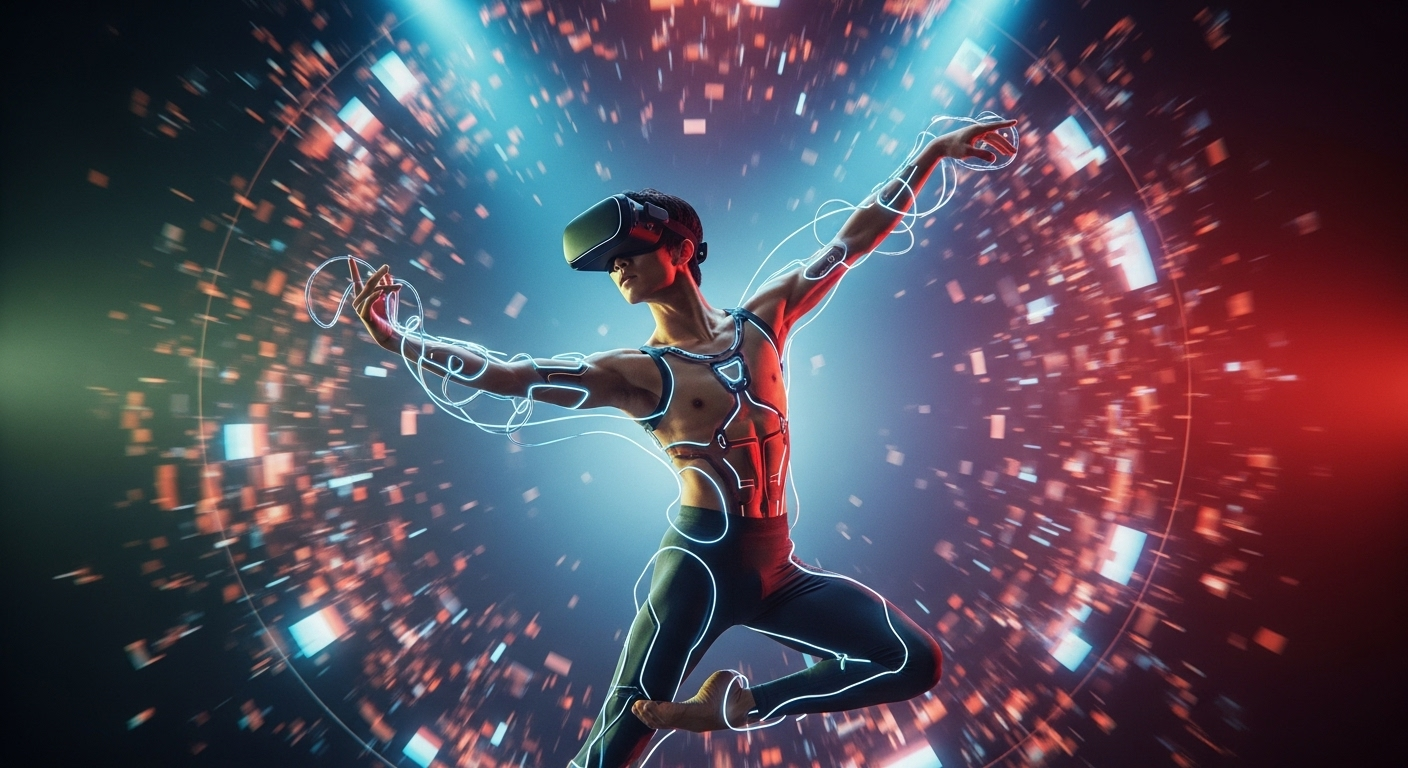Virtual Reality: A New Era in Performing Arts
The rapidly evolving technology of Virtual Reality (VR) has made grand strides in various sectors, and the performing arts industry is no exception. As the world continues to adapt to the digital age, VR is revolutionizing the way we experience art, pushing the boundaries of traditional performance and offering unprecedented immersive experiences.

A Glimpse into the Past: The History of VR in Arts
The concept of virtual reality dates back to the mid-20th century when Morton Heilig developed the Sensorama, a machine designed to stimulate all five senses, creating a fully immersive experience. In the 1980s and 1990s, VR technology started gaining traction in the arts, with pioneers like Charlotte Davies and Brenda Laurel exploring its potential in creating immersive installations and performances.
Virtual Reality Today: The Digital Revolution in Performing Arts
Fast forward to the present, and VR is transforming the performing arts landscape. With the advent of affordable VR headsets, artists are now able to create and share immersive experiences that transport audiences to a different realm. This technology has made it possible for performances to exist outside physical spaces, breaking down geographical and economic barriers.
The Impact of VR on Performance Art
The use of VR in performing arts has opened up new avenues for artistic expression. It allows artists to create immersive experiences that engage the audience in unprecedented ways. For example, the Royal Shakespeare Company’s “Dream” used VR to create a live, interactive performance where audience members could influence the narrative in real-time. These experiences challenge traditional notions of performance and audience interaction, blurring the lines between reality and virtuality.
The Future of VR in Performing Arts
The potential of VR in the performing arts industry is vast. As technology continues to evolve, we can expect more innovative and immersive experiences. The possibilities are limitless, from virtual art galleries to immersive theatre productions and live concerts. Additionally, VR could also become a powerful tool for education, providing an immersive way to teach and learn about performance art.
In conclusion, the integration of VR in the performing arts represents an exciting shift in the way we experience art. As we embrace this new era, it’s crucial to continue exploring and pushing the boundaries of this technology, creating a future where art is accessible, interactive, and immersive like never before. With the power of VR, the stage is set for a new era in performing arts, offering limitless opportunities for creativity and innovation.




